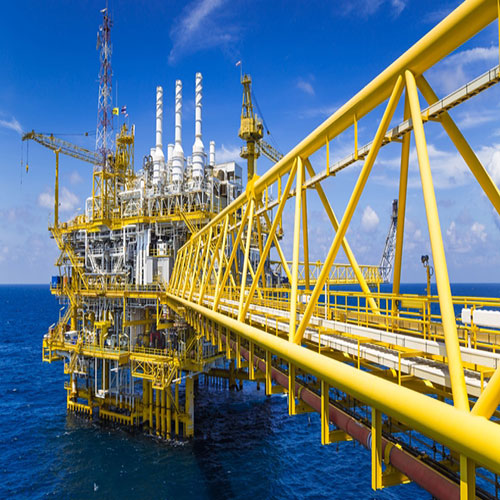Power Generation

Power Generation
Underpinned by strong policy support, the International Energy Agency (IEA) in their Southeast Asia Energy Outlook 2015 predicts that Malaysia's renewable energy demand will more than double by 2040, contributing approximately 16% of total electricity generated.
Malaysia's potential for renewable energy generation is substantial. Its equatorial location is highly ideal for solar power generation, while its extensive tropical forests and its vast palm oil Industry can supply large quantities of biomass. Combustible palm oil waste alone is estimated to be able to generate 20% of the country's electricity by 2020.
Initial development of renewable energy has been slow but recent government initiatives have targeted the use of green technologies and promoted the generation of renewable energy. Under the Small and Renewable Energy Programme (SREP), renewable energy plants can now sell energy to the grid.
Biomass energy generation has been particularly encouraging although the volume is still small at this time. With an attractive Feed in Tariff (FiT) rate and abundant natural resources, Malaysia is ripe for foreign investments in renewable energy projects.
Renewable power solutions could help the country avoid becoming a net fuel importer in the next 30 years, reduce its carbon emissions and make a difference to rural quality of life. The local Iskandar region of Johor will continue to have an increasing energy demand for the immediate future. A facility operated at Pengerang Maritime Industrial Park would enable you to bring biomass in from anywhere in the region.
Ongoing Trend For The Energy Sector Of Malaysia
Malaysia's energy demand will almost double between today and 2040, with rising contributions from all energy sources.
Fossil fuels remain dominant in Malaysia's energy mix, with its share still projected to exceed 90% by 2040, although the hierarchy changes. Coal demand increases by more than a factor of three over the projection period, overtaking both oil and gas to become the primary fuel in the country's energy mix. Oil demand is projected to rise to about 1 million barrels per day by 2040, while the growth in natural gas demand slows.
Demand for renewables more than doubles by 2040, with their share of electricity generation rising to 16%, underpinned by strong policy support.
Malaysia's role in international markets shifts as the country becomes increasingly dependent on oil and coal imports, while natural gas exports fall back.
Source: Southeast Asia Energy Outlook 2015, by International Energy Agency (IEA)








